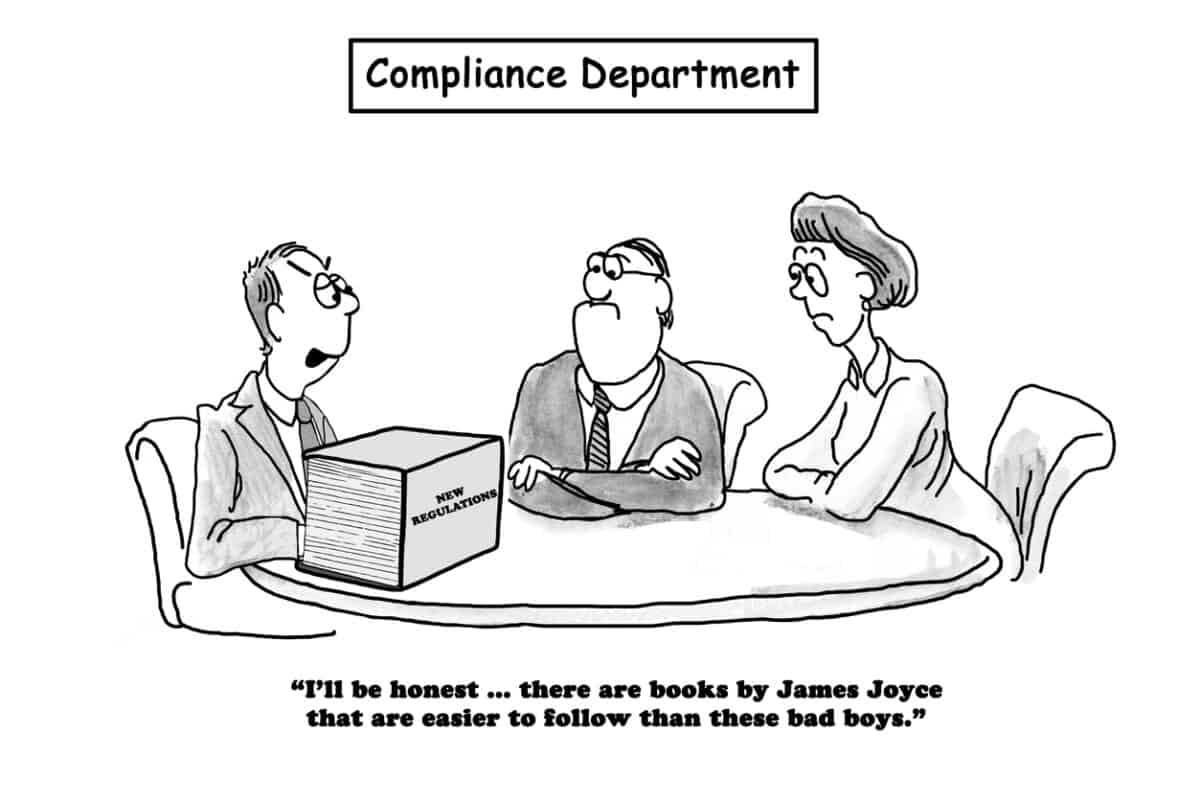Australia has entered a federal election campaign, but the mechanics of the Australian parliament continued, and various occupational health and safety (OHS) comments were voiced in Senate Estimates. These comments touched on Industrial Manslaughter, regulations on psychologically safe workplaces and insecure work.
Category: manslaughter
Nobody hates ‘”reasonably practicable” – we tolerate it
Do unions want employers to hold an absolute duty of care for work health and safety? Do unions hate the concept “as far as is reasonably practicable”?
The last Australian jurisdiction to hold employers to an absolute duty of care was New South Wales. That position was eroded by the harmonisation process and NSW OHS laws moving to the Work Health and Safety regime. An absolute duty of care, in the SafetyAtWorkBlog dictionary, is that the employer is responsible for any injuries occurring at work.
All quiet in SA, for now
South Australia (SA) goes to an election in March 2022, so it is a good time to examine any occupational health and safety (OHS) policies.
As per usual, the policies of the incumbent Liberal Party government are vague on broad themes like worker safety but can include specific pledges – new roads, better electricity system, for instance. These activities need workers, and Victoria’s infrastructure strategy, its “Big Build“, has performed politically well for Victoria’s Premier Dan Andrews.
The SA branch of the Australian Labor Party has a document of their current policies, and here are some of those related to workplace health and safety:
A mouse that is trying to roar
Robert Gottliebsen continues to support the campaign led by Self-Employed Australia’s Ken Phillips, to have senior members of the Victorian government prosecuted for breaches of the Occupational Health and Safety (OHS) Act. However, his arguments are becoming weaker.
On February 13 2022, in his column in The Australian (paywalled), Gottliebsen made big claims for Phillips’ legal action, which is being crowdfunded and advised by anonymous (but “some of Australia’s top OHS”) lawyers. He concluded his latest article saying:
Achievements and opportunities
In November 2022, Victoria has its State Election. The current Government of the Australian Labor Party has a solid parliamentary presence and is tipped to win another term of government. Although the 2022 Platform is yet to be released, it is worth looking at the 2018 policy document for what was promised and has been achieved in occupational health and safety (OHS) since then and speculating on what is left to do or announce in 2022.
The opposition Liberal Party of Victoria does not release policy documents but does include a list of its “beliefs”.
Below is a list of what Labor “will” do from the OHS chapter of its 2018 platform document:
Why is the world “enthusiastic” for regulations?
Unsurprising from a global business magazine, The Economist’s special report on January 15 2002 (paywalled*) bemoaned the new “enthusiasm for regulation”. It clearly includes occupational health and safety (OHS) laws and Australia in its consideration but stops short of asking why this new enthusiasm exists.
Many regulations, especially in OHS, are proposed and introduced to address a wrong or misbehaviour or a new hazard. A major catalyst for Lord Robens‘ OHS laws in the 1970s stemmed from industrial deaths, especially those of the public. The pattern of deaths as a catalyst for change continues today with the Industrial Manslaughter laws, for instance. Another catalyst is new cultural sensitivities; what was tolerated previously is no longer acceptable.
The workplace bullying changes late last century in Australia is a good example, but this also ties in with unacceptable levels of harm. Bullying was often part of the initiation to work and seemed acceptable until workers were severely injured and traumatised, and people found out about it.
Industrial Manslaughter and Australian Standards
Earlier this month, SAI Global issued a media release headlined
“1 in 2 organisations don’t meet State industrial manslaughter laws, new executive survey finds – Plus, seven tips for executives to prepare their organisation to meet the laws”
This was based on internal research compiled in their “2021 Australian Business
Assurance Report” (not publicly available). SAI Global’s headline findings from the report are
- “45% of executives not confident their organisations meet industrial manslaughter laws
- Senior leaders do not have OHS responsibilities in 33% of organisations
- Businesses will put 62% more budget, resources and people toward OHS”
There were several odd statements in the report about which SafetyAtWorkBlog sought clarification, particularly about Industrial Manslaughter. SAI Global’s workplace safety expert Saeid Nikdel responded.






